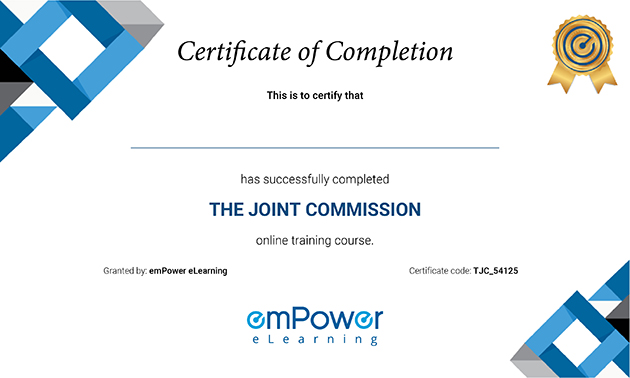Refine patient care through Lifting and transferring Patients Online Training
Master safe and efficient techniques for patient care, movement, and transfer in our comprehensive Lifting & Transferring Patients Online Training program

Our Client

































What is Lifting and Transferring patients
Healthcare workers face an elevated risk of occupational injuries due to the frequent lifting and transferring of patients, a risk further intensified by the growing weight of patients. Our comprehensive lifting and transferring patients online training course aims to equip you with the knowledge to identify these risks and provides a range of effective techniques to mitigate them.
Beginning with essential insights into proper body mechanics and the utilization of tools to simplify tasks, the course delves into the intricacies of planning a patient move. It further explores common lifts and transfers, ensuring you gain proficiency in executing these tasks safely and efficiently.
Moreover, the lifting and transferring patients online training covers various moving procedures designed to reduce stress on your body, enhancing not only your effectiveness but also prioritizing your well-being. By the end of this course, you will be well-versed in strategies that not only enhance patient care but also safeguard your own occupational health.
Course Description
| Category | The Joint Commission |
| Course Name | Lifting and Transferring Patients |
| Duration | 30 mins |
| Certificate Included | Yes |
| Languages | English |
| Course Type | Interactive online training |
| Narration | Yes |
| Format | LM-light, SCORM 1.2 |
| Supported Devices | Desktop/Laptop, Tablet, Phone |
| Last Updated | June 30, 2021 |
What you’ll learn
In this course, you’ll acquire crucial insights into potential risks associated with lifting and transferring patients, along with effective risk reduction strategies. Learn the fundamentals of proper body mechanics to ensure safe handling. Discover essential planning techniques for patient movement and gain the expertise to identify the right methods for common lifts and transfers. By the course’s end, you’ll be equipped with a comprehensive skill set to enhance patient care while minimizing occupational risks.
Curriculum
- Lifting and transferring patients
- Proper body mechanics when moving patients
- Moving procedures for shifting patients
Who Should Attend?
- Nurses and nursing assistants
- Allied health professionals
- Caregivers involved in patient care
- Those responsible for lifting and transferring patients
- Healthcare professionals seeking to enhance skills and reduce occupational risks
- Individuals new to the healthcare field or looking to refresh and improve techniques
Why emPower
100s of customers
- 14+ Years of experience in working with small to large businesses from different industries
- 95% customer retention
Customer Experience
- 24x7 dedicated support and toll free number
- 99%+ guaranteed uptime
Extremely Cost-effective
- As low as $0.99/user/yr
- We will match or better the price of your current LMS
Effective Courses
- Each course is 20-40 min long to ensure engagement with quizzes and certificate
- SCORM 1.2 Compliant
Implementation
- No setup costs
- We deploy your customized solution in less than 48 hours
Our Achievements
Here you can review some statistics about our Education Center
Related Courses
Start Your Certification Course Today
To lift and transfer a patient safely, use proper body mechanics, assess the patient’s mobility, communicate clearly, and utilize assistive devices when necessary. Prioritize the well-being of both the patient and yourself throughout the process.
Lifting and transferring involve safely moving patients between surfaces, such as beds and chairs. It requires proper techniques, communication, and often the use of assistive devices to ensure both patient and caregiver safety.
When moving and lifting patients, prioritize safety by using proper body mechanics, assessing the patient’s mobility, communicating effectively, and employing assistive devices when needed. Always consider the well-being of both the patient and the caregiver during the process.
Methods of lifting patients include using proper body mechanics, employing assistive devices like transfer belts or lifts, and ensuring clear communication between the caregiver and patient. These methods prioritize safety and reduce the risk of injuries during patient lifting.

